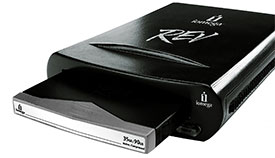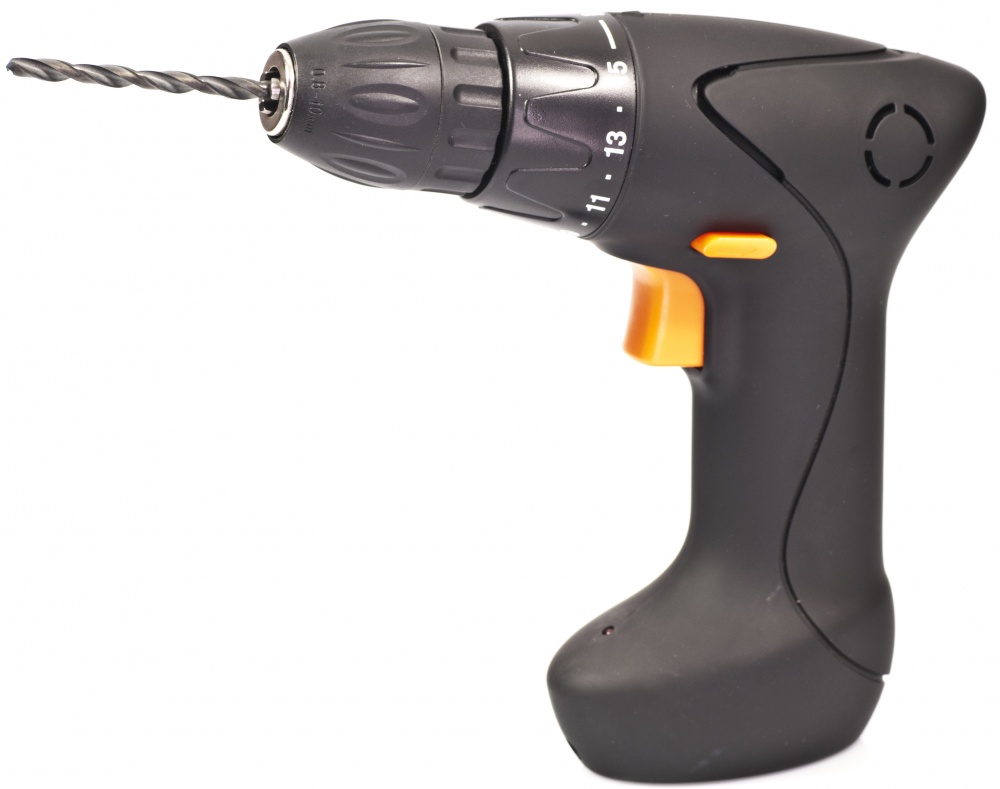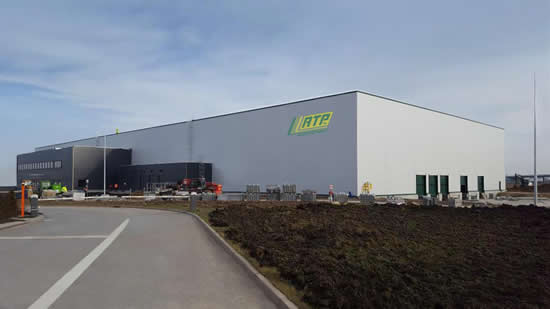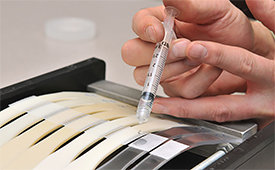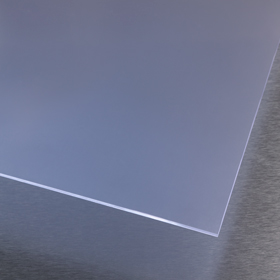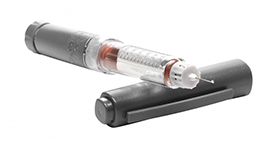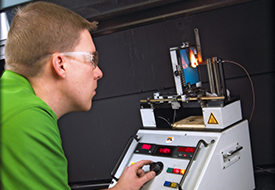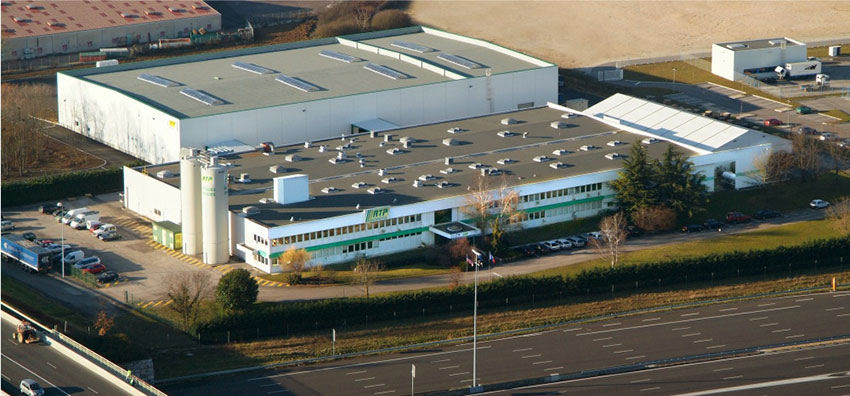RTP Company has developed a family of thermoplastic compounds that improve the performance of electronic devices for use with the new Bluetooth™ wireless communications protocol. These custom materials feature modified electrical and dielectric properties that enhance signal transmission and reception. A complementary product line provides important EMI shielding to help meet FCC regulations.
“There is a tremendous amount of work being done with circuit and chip design to ensure accurate and secure signal transmission,” explains Brett Weishalla, Product Development Engineer at RTP Company. “But, there are many other factors–including material selection—that affect the signal between two points. Our new compounds are created to optimize both the design and its environment.”
Compounds for Bluetooth™ address the three primary phenomena that occur when electromagnetic (EM) signals encounter an object. These phenomena are:
- Absorption
Absorption is undesirable for antenna applications. However, it can be useful in selective filtering and some unique heating applications. Therefore, compounds can be designed for low or high absorption properties.
Reflection
Desirable for EMI shielding, RTP Company’s proprietary compounds can provide over 100 dB of reflective shielding. These compounds can also be electroplated to optimize antenna designs.
- Transmission
These compounds can offer either high or low dissipation factors over a wide range of dielectric constants (from 2.1 up to 12) to fit any antenna or housing design.
“Bluetooth™ technology is the next revolution in the electronics and telecommunications industry,” continued Weishalla. “RTP Company is responding by offering a broad product range of smart plastics that optimize this technology.”
Additional Information
- WHITE PAPER: Specialty Compounds for Bluetooth™ Applications

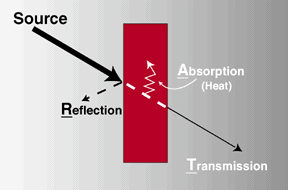 Reflection
Reflection
